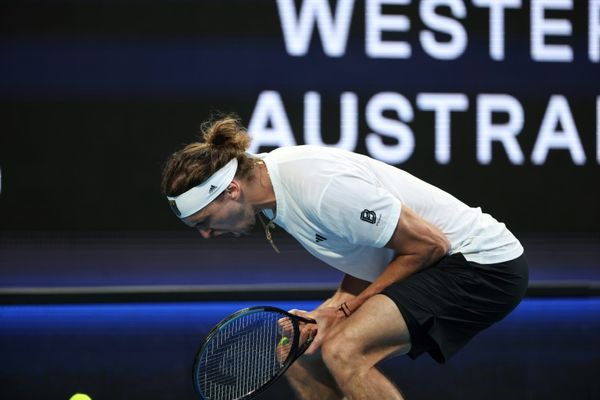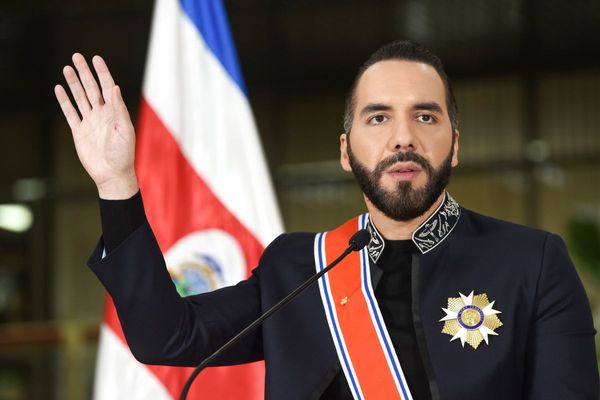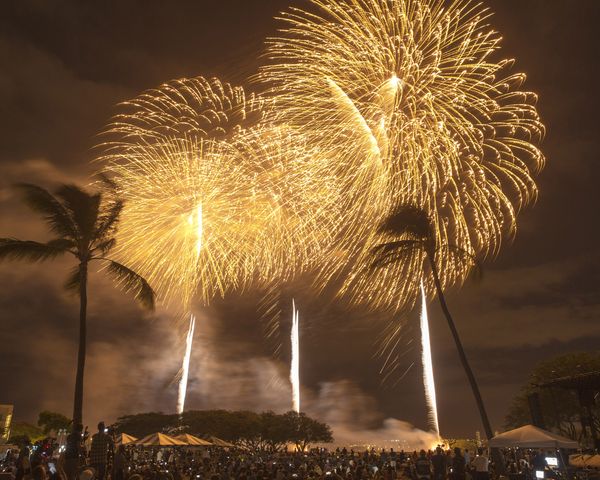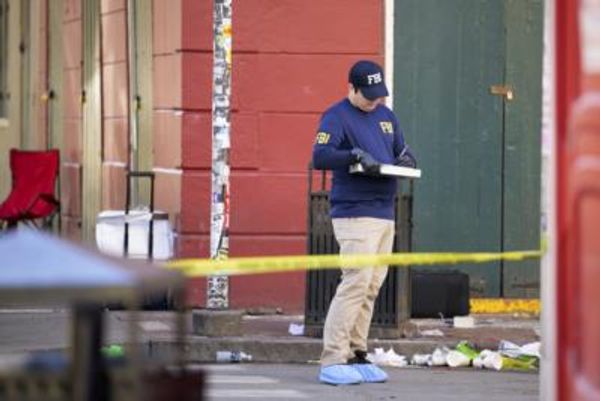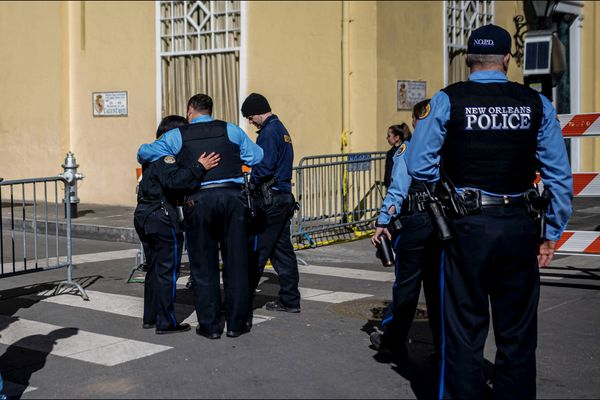
This year marks the 50th anniversary of the march of 150 protesters in Notting Hill, west London, to demonstrate against racial harassment of black people at the hands of the police.
The protesters' march on August 9, 1970, was sparked in part by officers' repeated raids on the Mangrove, a popular local restaurant and hub for the area's black community.
Nine protest leaders – Frank Crichlow, Darcus Howe, Altheia Jones-LeCointe, Barbara Beese, Rupert Boyce, Rhodan Gordon, Anthony Innis, Rothwell Kentish and Godfrey Millett – were arrested and charged with incitement to riot for their part in the demonstration.
The group later became known as the Mangrove Nine.
Here's what you need to know:
Who are the Mangrove Nine?
The Mangrove Nine are Frank Crichlow, Darcus Howe, Altheia Jones-LeCointe, Barbara Beese, Rupert Boyce, Rhodan Gordon, Anthony Innis, Rothwell Kentish and Godfrey Millett.
All of the nine were arrested and charged with incitement to riot for their part in the 1970 protest in Notting Hill.

What happened during the 1970 protests in Notting Hill?
The Mangrove - an all-night restaurant - had opened on All Saints Road in Notting Hill in March 1968.
Run by Trinidadian-born entrepreneur, Frank Crichlow, it quickly became a hub for the area's black community.
It was raided multiple times by police between 1969 and 1970, however, on suspicion that the restaurant was in fact a drugs den.
Incensed by officers' actions, on August 9, 1970, 150 protesters marched to local police stations demanding the police get their "hands off the Mangrove" and decrying “police harassment” of black people.
Police preparation for the march was extensive, with those protesting met by hundreds of officers.
Heavy-handed policing prompted violence, which authorities at the time later used to build a case against the demonstration's leaders.
Historical Home Office documents have since revealed this was a deliberate strategy to target and decapitate London's emerging black power movement.
By the end of the protest, more than 20 police officers had been injured and some 19 arrests had been made.
Why was the trial so important?
The trial was a political spectacle that saw the Met Police's Special Branch and the Home Office attempt to discredit the leadership of the growing British black power movement.
However, after a 55 day hearing at the Old Bailey, the Mangrove Nine were acquitted of incitement to riot.
Five were acquitted of all charges against them, while the remaining four - Rupert Boyce, Rhodan Gordon, Anthony Innis and Altheia Jones-Lecointe - received suspended sentences for an array of lesser offences, including affray and assaulting police officers.
Meanwhile, the trial delivered the first judicial acknowledgment that there was "evidence of racial hatred" in the Metropolitan Police.
“What this trial has shown is that there is clearly evidence of racial hatred on both sides,” Judge Edward Clarke told the courtroom in his closing comments.
Is the restaurant still there today?
No, the Mangrove closed its doors in 1992. The site is now home to a late-night cocktail bar and restaurant.

